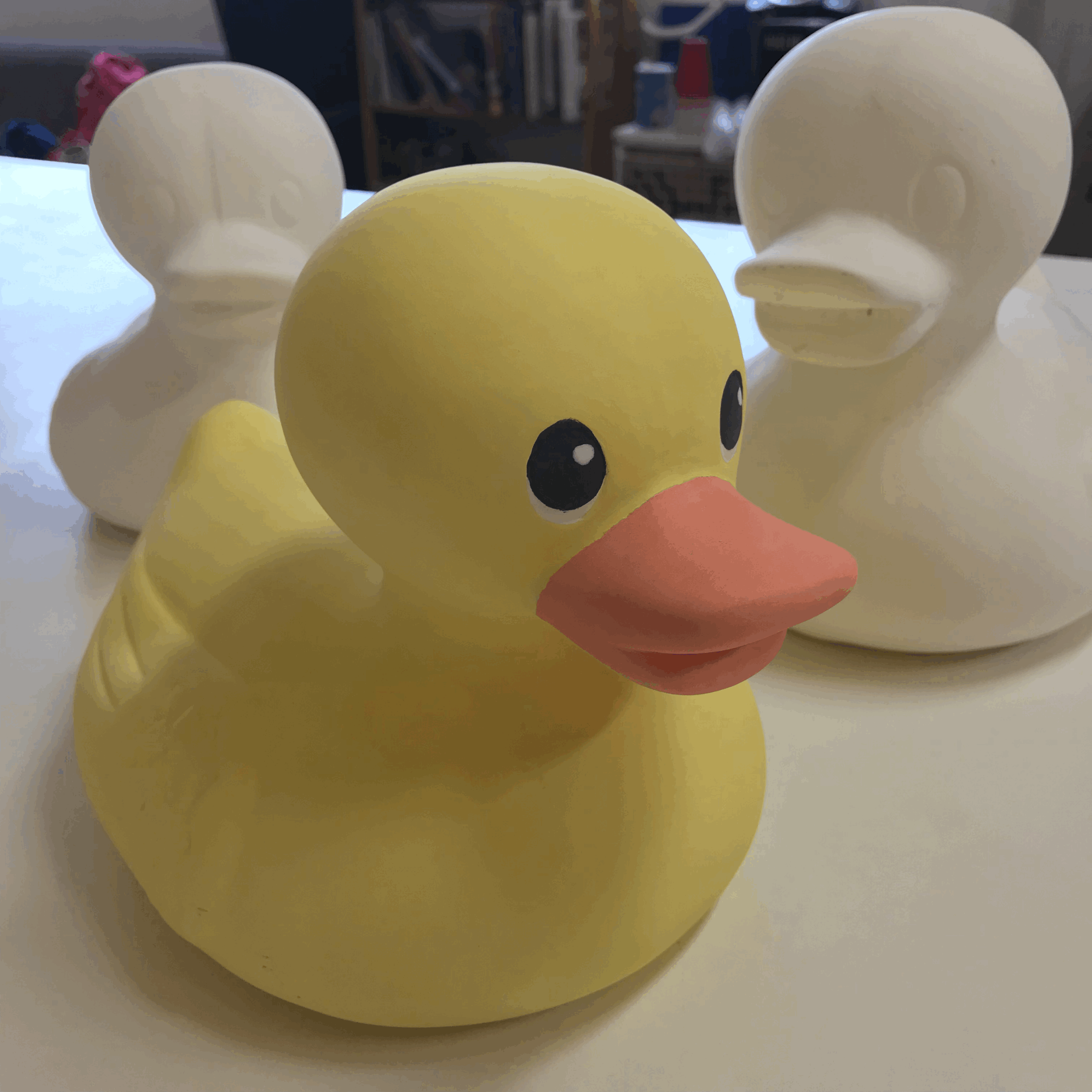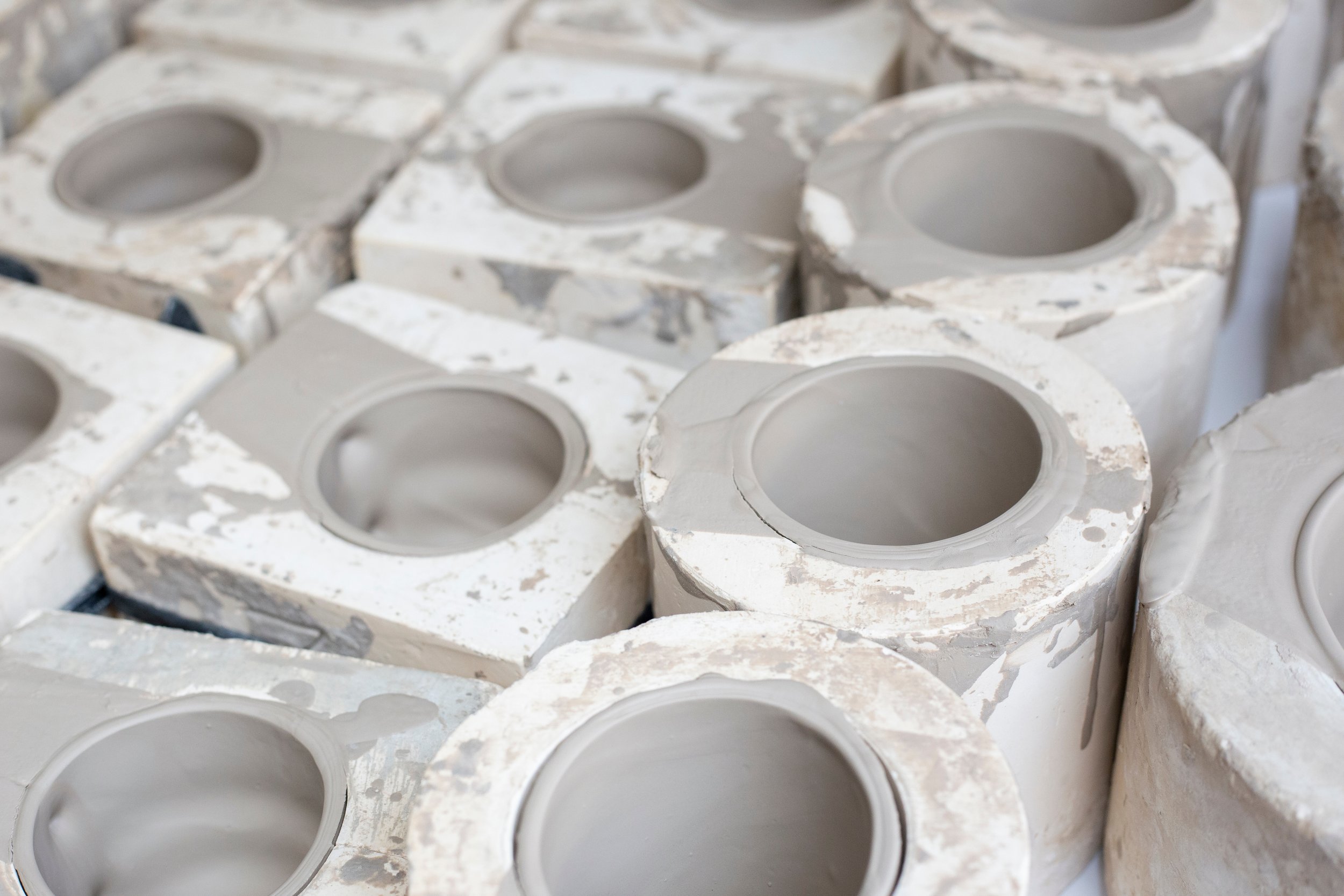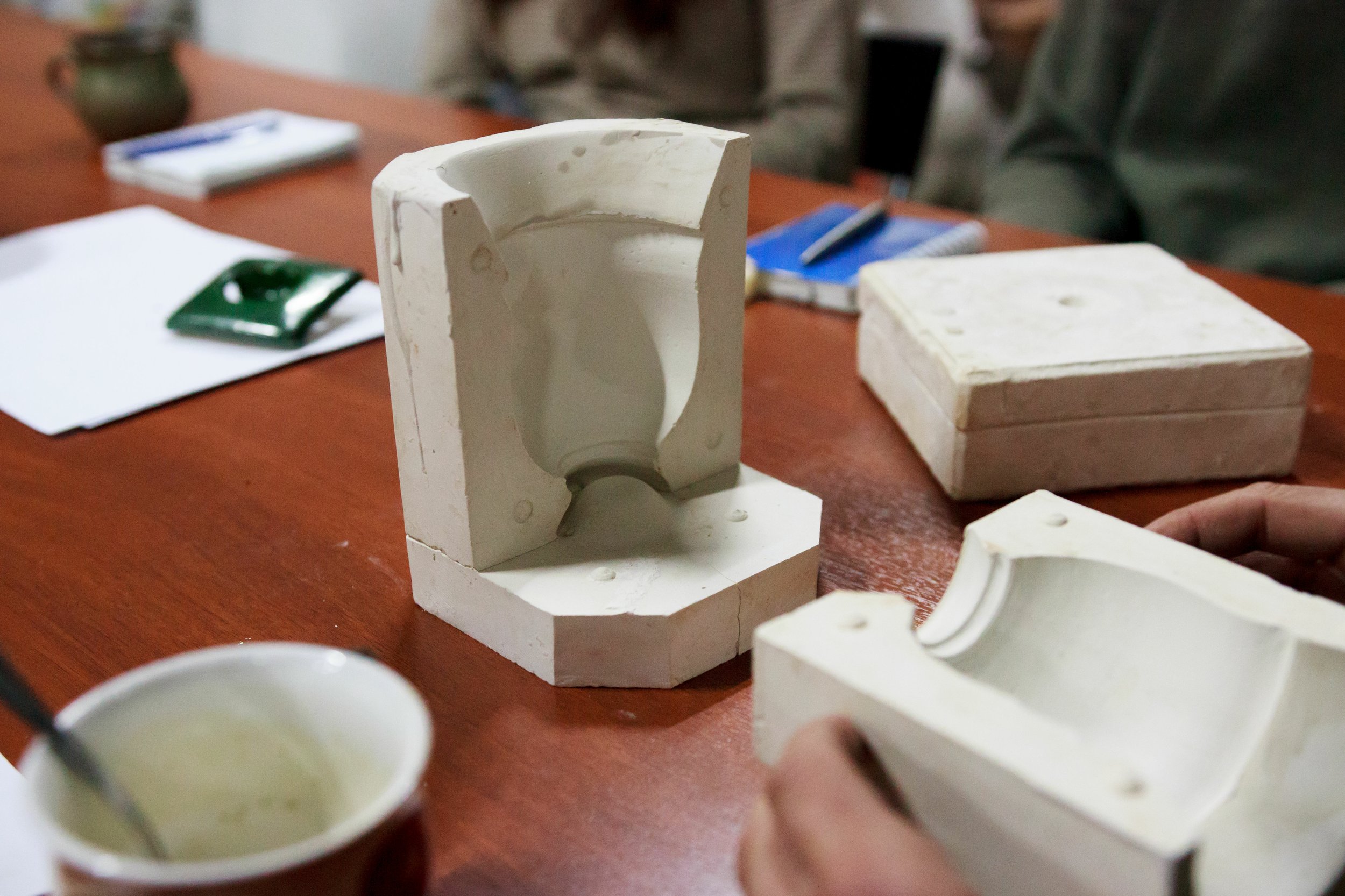Mold Making and Slip Casting Workshop – Three Days, June 21, 28, 2025 & July 12, 2025




Mold Making and Slip Casting Workshop – Three Days, June 21, 28, 2025 & July 12, 2025
Saturday, June 21, 2025: 10 am – 6 pm
Saturday, June 28, 2025: 10 am – 6 pm
Saturday, July 12: 11 am – 4 pm
WHAT WILL THIS WORKSHOP COVER?
Saturday, June 21: In the morning, participants will learn about different types of molds and watch one be made. After lunch, participants will make their own small item molds with the teacher’s supervision. We will also discuss the options for creating a larger mold from the objects they brought the following week.
Saturday, June 28: Participants will make their larger mold of an item of their choosing and, if time permits, cast a second mold.
Saturday, July 12: In the morning, participants will watch a live demonstration of slip casting and press molding, along with an explanation of slip and how it works to cast an object. After lunch, participants will cast objects with the molds they made in the previous sessions and address any questions or issues with their teacher. Participants will also be able to bring other molds to problem solve.
During all sessions, participants are welcome to ask questions and learn about the demands of each person’s project as a class. They will also have the opportunity to consult with the teacher on effective ways to build on what they have learned to problem-solve the mold-making process.
COST & REFUNDS
The workshop fee is $400. This fee is not refundable. Please ensure your schedule permits you to attend all days of the workshop before registering.
WHAT TO BRING:
One symmetrical item from which you will make your first simple mold. This item should be rigid and measure 2-3 inches in every dimension. It should not have deep textures, pits, or severe angles. Some things that work well are a hard rubber ball, a sample-size spray bottle, an apple or an orange, a light bulb, or a sake cup.
Three larger items that you would like to mold in the second session. These can be anything! Examples of past items have included glass bowls, paint pallets, soda bottles, Edison light bulbs, sea shells, soap bottles, avocados, sweet potatoes, glass gems from a chandelier, sculptures, etc.
Pottery toolkit. If you are not a potter, we will have kits available to use.
WHAT ARE THE DIFFERENT TYPES OF MOLDS THAT CAN BE MADE?
Hump molds are convex plaster forms that provide a template for slab work. An evenly rolled-out slab of wet clay can be laid over the top of the hump and pressed against it. Because plaster is highly absorbent, water will be removed from the clay, and the slab will be easily released. These molds are great for creating functional wares as well as sculptural works. Using molds, one can consistently create forms of the exact dimensions, including very large forms that might be difficult to accomplish on a pottery wheel.
Slump molds, like humps molds, are plaster templates useful for creating reproducible forms. Slump molds are concave forms that work just like other molds in that clay is draped over the surface of the mold. With slump molds, the inside surface of a pot is exposed, while the outer face is in contact with the mold. This is opposite to that of hump molds, in which the mold is in contact with the interior side of the pot. This is ideal for some clay artists because it allows one to add elements such as a foot or a base to the piece while it is on the mold.
Drape molds are similar in concept to hump molds; however, they are typically more shallow than humps.
Sprig molds and texture slabs are used to add decorative elements to clay pots. In ceramics, this is becoming quite popular! The plaster-textured slabs allow one to create slabs of clay with detailed designs for use in hand-building. Similarly, sprig molds allow one to press clay into the mold and release a "sprig" or decorative dimensional elements, such as a flower, leaf, or animal, which can then be used on its own or added to a pot.
Slip-cast molds are multi-piece molds capable of making very intricate shapes and textures. When the mold’s components are joined and secured securely, slip is poured into the mold, allowed to set for some time, and then released, where additional hand work may be done on the piece. To learn more about slip casting, see below.
WHAT IS SLIP CASTING:
Slipcasting or slip casting is a technique for producing pottery and ceramics, especially for shapes not easily made on a wheel. In slip casting, a liquid clay body slip is poured into plaster molds and allowed to form a layer, the cast, on the inside walls of the mold. Slip-cast ware should not be confused with slipware, which is pottery formed by any technique that is decorated using slip.
The technique is suited to producing complex shapes, especially with relief decoration and thin walls. The technique can be used for small-scale production runs, to make parts for adding to pre-thrown objects (such as handles for mugs), or to produce limited edition, one-off objects.
ABOUT THE INSTRUCTOR – Amy Marie Medina
Amy has been a professional artist for over 30 years. She has been teaching various aspects of ceramics for the past 11 years. She has fallen in love with this process and continues to make cast molds a vital part of her ceramics process. Join this award-winning instructor in this 3-day workshop at Fahrenheit Ceramics Studios to make a plaster mold of an object and cast it in clay!
